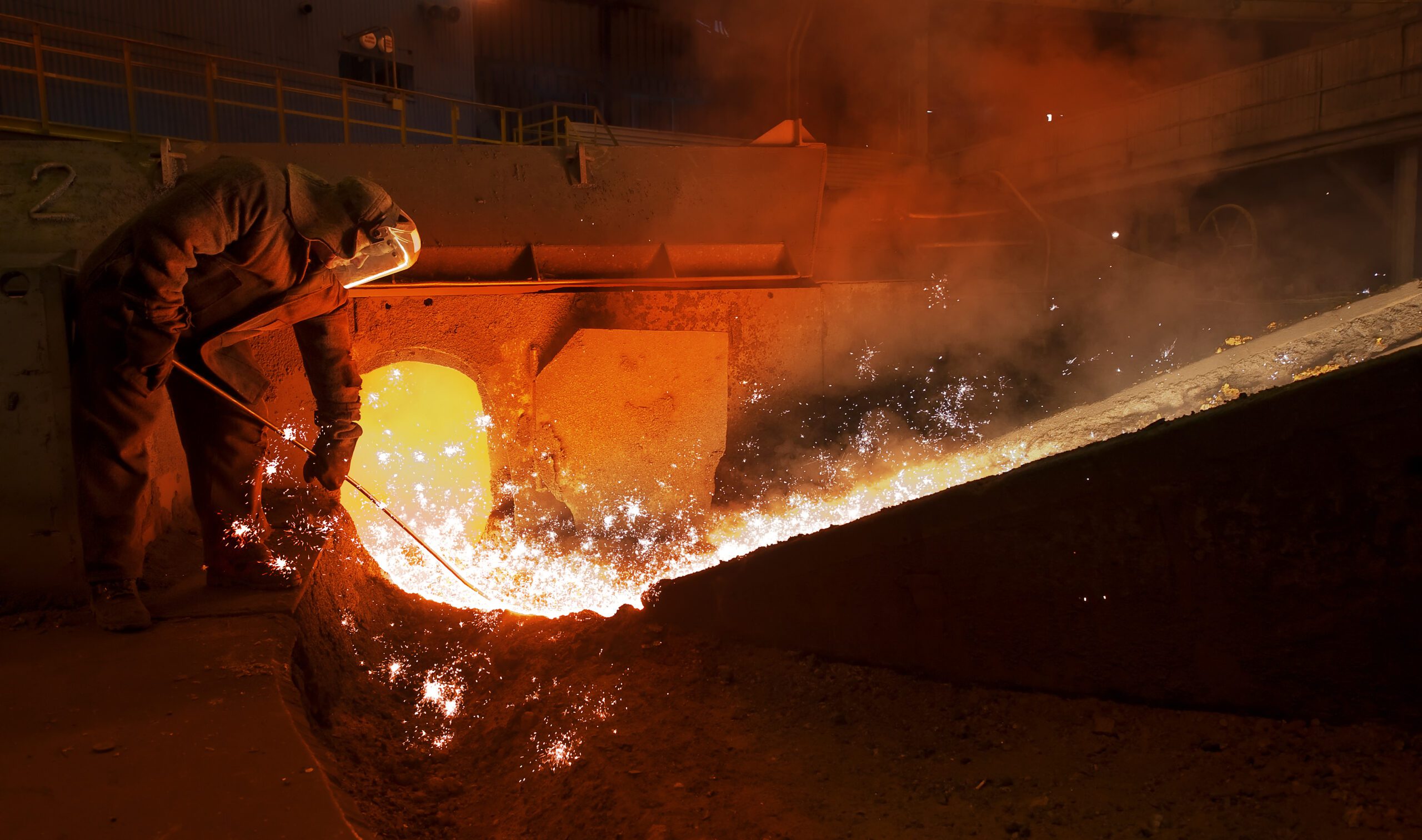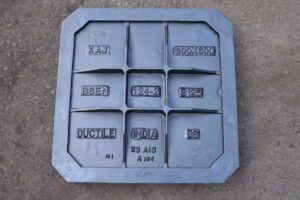The decision between using cast iron or stainless steel can define a project in engineering, manufacturing, or infrastructure. Each has its unique advantages and disadvantages: stainless steel is valued for its hygienic surface finish and corrosion resistance, featuring parts easier to clean, while cast iron excels in wear resistance, as well as vibration damping.
Let’s get to learn about how foundries in India, particularly Govind Steel, make top-quality components, and why selecting the right manufacturer matters when choosing this cast iron manufacturer for your projects, and which one suits your needs best.
Cast Iron
Cast iron is an iron-carbon alloy, which is best known for its high compressive strength, cost-effectiveness and wear resistance. It can be found in variants like ductile, grey or malleable and is suitable for industrial use, starting from manhole covers to engine blocks.
As one of the top foundries in India, Govind Steel Company Limited produces both ductile and grey castings that include manhole gratings, valve boxes, counterweights and industrial castings.
Stainless Steel
Stainless steel is a low-carbon alloy with chromium. The exception composition helps to maintain corrosion resistance and hygiene, which makes it a perfect fit for medical instruments, architectural fittings and food processing.
It can resist stains and oxidation, and does not absorb vibration, but it costs significantly more than cast iron to process and manufacture.
Functional and Mechanical Comparison
A fair comparison of cast iron and stainless steel will help to decide which material is best for use.
-
Strength
Excellent compressive strength with lower tensile strength is part of cast iron, which means that it can handle heavy vertical loads easily but is brittle when subjected to tension. On the other hand, stainless steel has moderate compressive strength with high tensile strength, which makes it suitable for applications where compressive forces and pulling are both required.
-
Wear Resistance
Casting iron like ductile and grey variants is excellent in resisting tear and wear, and you can get both of these in Govind Seel. The graphite structure helps in reducing the friction and making it durable in harsh weather conditions. While in stainless steel, it tends to wear down faster in abrasive weather, especially when it comes to friction, heavy use or high contact.
-
Vibration Damping
Cast iron stands out in vibration-damping ability, which makes it highly effective for machine base uses. Whereas, stainless steel has a moderate ability to dampen the vibrations and may transmit more mechanical energy.
-
Corrosion Resistance
Due to different weather conditions, corrosion remains the major concern, in which stainless steel outperforms. The presence of high chromium content creates a passive oxide layer that protects from corrosion and rust naturally. However, cast iron has low to moderate resistance to corrosion and requires surface coatings to extend its longevity.
-
Machinability
As compared to stainless steel, cast iron is relatively easy to machine due to its graphite microstructure, which acts as a lubricant and reduces tool wear. In the case of stainless steel, machinability can be challenging due to its resistance to deformation and toughness. This increases the overall manufacturing cost for its advanced tooling and slower machining procedure.
Casting Foundries Matters
India has one of the finest casting foundries, Govind Steel Company Limited, which has been ruling the market for over six decades, based in Rishra near Kolkata. It delivers high-quality ductile and grey iron castings with premium infrastructure that includes overhead cranes and railway sidings. Have a look at the wide range of products at Govind Steel.
FAQs
1. How is grey cast iron different from ductile cast iron?
Grey cast iron has graphite flakes, which offer good wear resistance and machinability, ideal for static loads, whereas ductile cast iron has graphite nodules and offers better tensile strength, toughness and fatigue resistance.
2. Can stainless steel and cast iron be joined?
Yes, through bolting or welding, cast iron and stainless steel can be joined, which may require a special procedure.
3. Which one is more expensive, cast iron or stainless steel?
Stainless steel is more expensive as compared to cast iron as it requires expensive alloying elements, specialised tools and intricate processing.
4. Where can I find a reliable casting foundry in India?
You can come to Govind Steel Company Limited, which has ISO certifications, maintains testing protocols and sustainable practices, and has R&D capability to meet all the requirements.
5. Which one will be best for outdoor exposed infrastructure, stainless steel or cast iron?
If you are looking for outdoor exposed infrastructure, cast iron will be the best fit for it as it gets properly painted or coated and offers long-term durability. To pick the best cast iron, contact Govind Steel.
Final Thoughts
In a nutshell, Govind Steel’s durability, precision-grade valve boxes and industrial castings are confirmed with high standards, proving the trust of a strong partner who specialises in these components.
In comparison, stainless steels shine for hygiene demands or corrosive environments, while standing unbending to great pressures without yielding like softer materials is not easy to do. With decades of certified innovative experience from one of India’s leading foundries make them ideal partners for any reliable metal component demanding projects.


